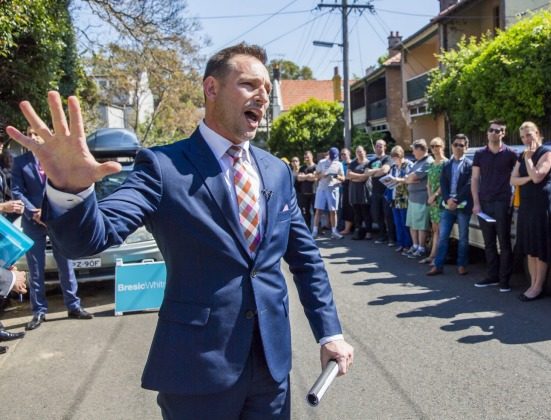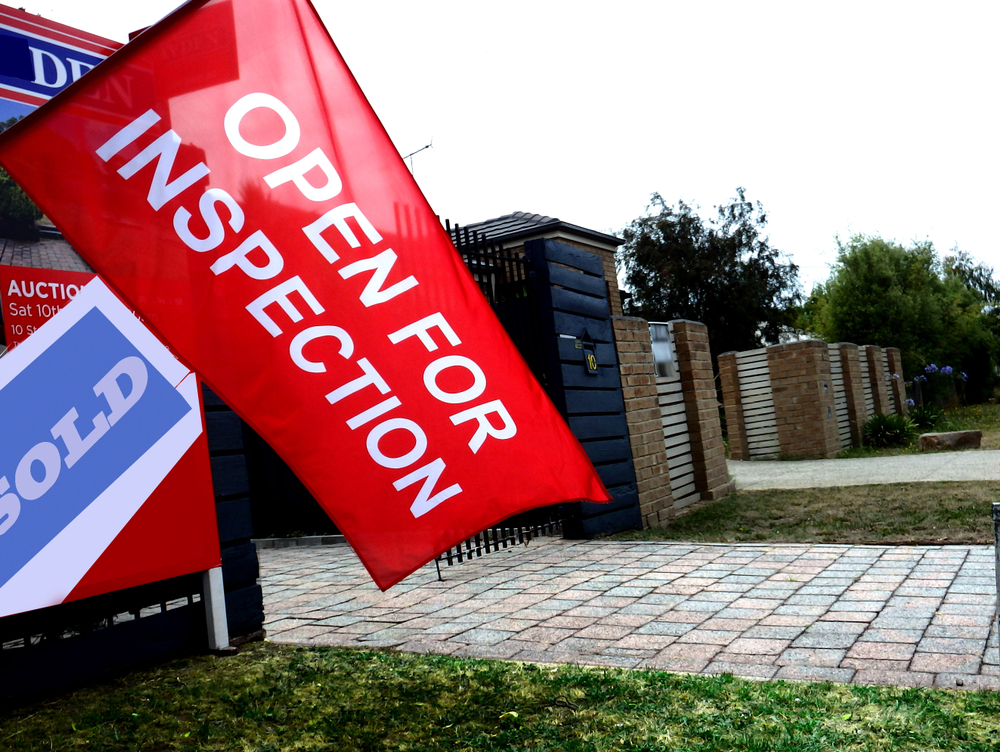Buy now, pay later: The busiest year in Australian property was also the riskiest
Since the surge in buyer activity, average monthly mortgage payments have increased almost 50 percent, new data has shown
Investment in property might be seen as a long term prospect but the latest figures from CoreLogic suggest not everyone is in it for the long haul. Property sales hit a peak in 2021, with an estimated 549,000 homes sold that year, new data has shown. That means that year, 5.3 percent of all property was bought.
The Australian property data service also revealed a whopping 20 percent of residences were purchased in the past five years. Brisbane had the highest rate of stock turnover in the past five years at 24.6 percent.

The CoreLogic report by head of research Eliza Owen noted that the upswing in buying in 2021 was at one of the riskiest times in the market in recent years, with super sized mortgages to match.
“One could argue then that the many Australians who purchased in 2021 were incentivised into the market at a higher-risk time,” Ms Owen said in the Pulse report. “Average loan sizes reported by the ABS escalated quickly (up almost 18pc over the year), and buying close to the market peak means there may be higher risk of low capital returns or value loss in the face of higher debt costs.”
However, the report said home values had increased by 7.6 percent since the end of 2021. Those who waited a year and purchased during the brief market dip in 2022 fared better, experiencing almost double the capital growth returns. Those who bought since then have been slugged with consecutive interest rate rises as the cash rate increased 13 times over 15 months from 0.1 percent in April 2022, stabilising at 4.35 percent since November 2023.

While Roy Morgan research in April revealed that 30.8 percent or 1,560,000 mortgage holders are at risk of mortgage stress, most are weathering the storm.
“It is likely most recent home buyers are coping with the stark change in mortgage rates and economic conditions,” Ms Owen said in the report.
“In the March Financial Stability Review, the RBA reported around 1 percent of home loans were in negative equity, and APRA reported just 1.6 percent of housing loans had mortgage repayments that were past due.
“Loan to valuation ratios for new mortgages generally trended lower through 2021, and over 90 percent of borrowers had at least a 10 percent deposit for new loans secured that year, providing a buffer against falling home values.”
A divide has opened in the tech job market between those with artificial-intelligence skills and everyone else.
A 30-metre masterpiece unveiled in Monaco brings Lamborghini’s supercar drama to the high seas, powered by 7,600 horsepower and unmistakable Italian design.
Buyer demand, seller confidence and the First Home Guarantee Scheme are setting up a frantic spring, with activity likely to run through Christmas.
The spring property market is shaping up as the most active in recent memory, according to property experts Two Red Shoes.
Mortgage brokers Rebecca Jarrett-Dalton and Brett Sutton point to a potent mix of pent-up buyer demand, robust seller confidence and the First Home Guarantee Scheme as catalysts for a sustained run.
“We’re seeing an unprecedented level of activity, with high auction numbers already a clear indicator of the market’s trajectory,” said Sutton. “Last week, Sydney saw its second-highest number of auctions for the year. This kind of volume, even before the new First Home Guarantee Scheme (FHGS) changes take effect, signals a powerful market run.”
Rebecca Jarrett-Dalton added a note of caution. “While inquiries are at an all-time high, the big question is whether we will have enough stock to meet this demand. The market is incredibly hot, and this could lead to a highly competitive environment for buyers, with many homes selling for hundreds of thousands above their reserve.”
“With listings not keeping pace with buyer demand, buyers are needing to compromise faster and bid harder.”
Two Red Shoes identifies several spring trends. The First Home Guarantee Scheme is expected to unlock a wave of first-time buyers by enabling eligible purchasers to enter with deposits as low as 5 per cent. The firm notes this supports entry and reduces rent leakage, but it is a demand-side fix that risks pushing prices higher around the relevant caps.
Buyer behaviour is shifting toward flexibility. With competition intense, purchasers are prioritising what they can afford over ideal suburb or land size. Two Red Shoes expects the common first-home target price to rise to between $1 and $1.2 million over the next six months.
Affordable corridors are drawing attention. The team highlights Hawkesbury, Claremont Meadows and growth areas such as Austral, with Glenbrook in the Lower Blue Mountains posting standout results. Preliminary Sydney auction clearance rates are holding above 70 per cent despite increased listings, underscoring the depth of demand.
The heat is not without friction. Reports of gazumping have risen, including instances where contract statements were withheld while agents continued to receive offers, reflecting the pressure on buyers in fast-moving campaigns.
Rates are steady, yet some banks are quietly trimming variable and fixed products. Many borrowers are maintaining higher repayments to accelerate principal reduction. “We’re also seeing a strong trend in rent-vesting, where owner-occupiers are investing in a property with the eventual goal of moving into it,” said Jarrett-Dalton.
“This is a smart strategy for safeguarding one’s future in this competitive market, where all signs point to an exceptionally busy and action-packed season.”
Two Red Shoes expects momentum to carry through the holiday period and into the new year, with competition remaining elevated while stock lags demand.
BMW has unveiled the Neue Klasse in Munich, marking its biggest investment to date and a new era of electrification, digitalisation and sustainable design.
A cluster of century-old warehouses beneath the Harbour Bridge has been transformed into a modern workplace hub, now home to more than 100 businesses.




















